SKL is reader supported. When you buy through links on our site, we may earn affiliate commission. Learn more here.
If you’re one to check the fabric contents tag on clothing, I’d bet you’ve seen a lot of tags with the label polyester. Polyester is one of the most widely used fibers in the world. In 2020, of all the fabrics being produced, polyester made up 52% of all fibers produced globally. Given its popularity, it’s important to consider its impact. Is polyester a good fabric? Let’s dig into it.
Consider this your comprehensive guide to polyester!
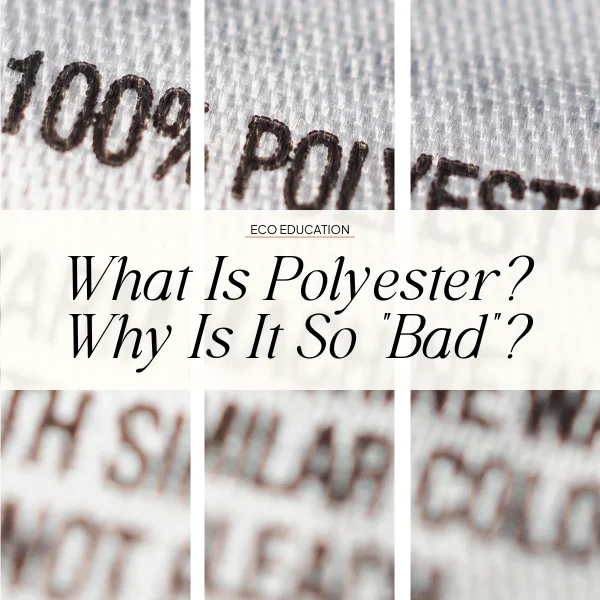
What is Polyester?
Polyester is a synthetic material derived from oil woven together to create polyester fabric. Its common chemical name is polyethylene terephthalate, shortened to PET. Other than clothing, PET’s main application is in packaging and plastic bottles.
Polyester’s origins can be pointed back to the DuPont chemical lab in the 1930s when company scientist W. H. Caruthers created the first synthetic fabric, nylon. In 1941, a group of British scientists picked up where DuPont left off and created the first commercial polyester fiber, Terylene.
Nylon and polyester took the clothing industry by storm.
They were popular materials thanks to their lighter weight, versatility, and durability. After the introduction of microfibers to clothing production in the 1990s, polyester became even more ubiquitous since microfiber technology made the material, traditionally not known for being soft, softer to the touch.
What is Polyester made of?
If you’re familiar with some of the chemical jargon that defines polyester, you may be thinking, wait—so is polyester plastic? And in short, yes, polyester is a form of plastic. PET is the most commonly used thermoplastic polymer. It is created from the synthesis of ethylene glycol and terephthalic acid. Ethylene glycol is derived from fossil fuels and is commonly used for antifreeze. Terephthalic acid comes from oxidizing hydrocarbons (again, fossil fuels) and is primarily only used to create PET.
Properties of Polyester Materials:
Polyester fabric is known for its durability. As we know, plastic products are touted for their longevity which, of course, can be helpful or incredibly harmful depending on the use. Here are some common questions about polyester clothing:
Is polyester stretchy?
Because polyester is a strong fabric, it is generally resistant to stretching. Just how stretchy polyester is depends on how it’s made. Woven fabrics (where the textile threads overlap in a grid-like manner) have little to no stretch, while knitted fabrics (where the textile threads look to be in rows) have more stretch. For a truly stretchy fabric like in athletic wear, polyester is often combined with spandex to achieve better stretch while holding its shape.
Does polyester shrink?
Polyester is also resistant to shrinkage. It is often used in cotton blends to make the garment less likely to shrink.
Is polyester breathable?
No, its lack of breathability is often cited as one of polyester’s biggest disadvantages for the wearer. Because it’s moisture resistant, it captures moisture between the skin and the fabric rather than letting it breath and dry out. However, polyester can be treated to be moisture-wicking and be made to be more breathable.
Additional qualities of polyester fabrics include:
- Wrinkle-resistant: Polyester’s wrinkle-resistant quality is one of the main factors that contributed to its rising popularity in the 1970s.
- Moisture-resistant: It doesn’t absorb much moisture and is a quick-drying material.
- Low-maintenance: Polyester is tough (abrasion resistant), easy to care for at home (machine-washable), and resistant to staining.
What is Polyester Used For?
Polyester materials are most commonly used in apparel and home furnishings. Polyester is the most widely used fiber, making up around half of the overall fiber market and around 80% of synthetic fibers produced.
Polyester is also relatively cheap to produce, which is likely directly related to fast fashion’s use of the material. Around 60% of all clothing is made using synthetics. Fast fashion production makes up a large amount of that clothing production. The production of fashion has doubled in the last 20 years, matching the rate of growth in which synthetics have been used in fashion production.
Because of polyester’s durability, versatility, and resilience, it is commonly used for sportswear and outdoor apparel. Among some of the top producers of polyester clothing are athletic-wear brands Nike, Puma, and Lululemon. They share the polyester leaderboard with fast fashion brands Boohoo, Inditex (Zara), and Next.
Additionally, polyester is often used in fabric blends in order to optimize the functionality of the fabrics and drive costs down. For example, cotton-polyester blends are common in t-shirts as it increases the garment’s durability while still being soft and lightweight. Polyester may be added to wool for the same reason, plus its cost benefits.
Is Polyester Sustainable?
In order to determine if polyester, or any fabric, is bad for the environment, there are several factors to consider, the main ones being:
- The raw material of the fabric and how it’s sourced
- The production process
- It’s quality
- It’s end-of-life prospects
Let’s explore whether polyester is sustainable in light of these factors:
Raw Material:
Everything that goes into creating polyester comes from fossil fuel extraction which is an immediate red flag for the environment. Every stage of fossil fuel use from extraction to transport to burning creates harm, resulting in a majority of greenhouse gas emissions, all sorts of pollution, oil spills, health threats, and more. We undoubtedly need to be moving away from fossil fuels.
Polyester Production:
As mentioned before, producing polyester is highly energy-intensive due to the chemical processes that have to occur to create it. In terms of land use and water use, it has a lower environmental impact compared to the production of natural fibers. But the energy and emissions required to make it qualifies polyester as “high impact.” The textile production and dying process is also problematic. Without proper wastewater treatment, factories release toxic materials that contaminate the water and environment around it.
Polyester Quality:
Polyester can be made to be of both high and low quality. Since much of fast fashion is being made with synthetics and polyester, we can assume that a bulk of polyester is being made with the lower quality construction that comes with fast fashion. So, a low-quality, plastic-based fabric isn’t what we want to be produced in mass like it is (or at all).
Additionally, polyester is a major culprit for microfibers and microplastic pollution. Every time we wear and wash our polyester pieces, they shed tiny microplastics that inevitably find their way into our waterways and food chain. Just washing synthetic fabrics like polyester, nylon, or acrylic accounts for around half a million tonnes of plastic microfibers to be released into the ocean every year.
End-of-life:
Because polyester is derived from petroleum and is so durable, if landfilled, it will take centuries to decompose. This is especially problematic given how quickly consumers discard their clothing. It’s estimated that the average fast fashion garment (which is highly likely to be made with synthetics) is only worn 7 times before getting thrown out. The average American throws out 70 pounds of clothing a year! This means the end-of-life prospects for polyester don’t look good.
- Is polyester biodegradable? No. It will sit in landfills for hundreds of years releasing methane as it decomposes. There are some biobased polyesters being developed that will reduce emissions (not necessarily biodegradable), but they are so rare (like 0.02% of polyesters rare) and often still combined with regular polyester.
- Is polyester recyclable? Not really. Less than 1% of all textiles (not just polyester) gets recycled back into new clothes. The technology currently doesn’t exist to be able to recycle textiles at scale. Plus, when materials are made into blends like poly-cotton, they’re virtually impossible to recycle.
Therefore, it is most likely to be incinerated or landfilled. While polyester is an affordable, versatile material, it has failed every single sustainability metric we’ve discussed here. So, is polyester bad for the environment? Unfortunately, it is. Not only is polyester harmful in every stage of its production and lifecycle, it also contributes to the harm of people in its supply chain and lacks transparency in mapping the origins of its raw material sourcing.
Given its popularity, polyester is a material that is being innovated around and experimented with. Let’s consider whether the most popular polyester variation, recycled polyester, is any more sustainable.
What is Recycled Polyester?
Recycled polyester (rPET) is a newer material, marketed to be a more sustainable alternative to polyester itself. Recycled fibers make up about 8.5% of fiber production, with recycled polyester making up 15% of the market share of polyester. While recycled fiber use has slowly grown, it hasn’t exactly been replacing virgin production. In fact, virgin production has increased in volume just as recycled fiber production has increased in volume. For recycled materials to be the sustainable solution we need them to be, they need to replace their unsustainable equivalent, not supplement it.
What Are The Advantages Of Recycled Polyester?
Manufacturing rPET generates 79% less carbon emissions and requires 59% less energy than producing its virgin counterpart. The carbon footprint is significantly lower. However, fossil fuel extraction is still occurring in order to create the plastic materials that go into rPET. Therefore, recycled polyester is not a long-term viable solution.
Undeniably, it does divert certain types of plastic waste from landfill. That’s a win! But, there are a lot of caveats to recycled polyester’s benefits.
What Are The Disadvantages of Recycled Polyester?
Less than 1% of global textiles are made from pre- or post-consumer recycled fibers. This means that recycled polyester is not made from polyester fabric; it’s made from PET bottles.
Around 99% of the recycled polyester was PET bottle-based. The remaining rPET is made from ocean waste or textiles. The problem with this is that it’s not solving the waste crisis or diverting current textiles from landfill.
Additionally, when making recycled polyester from bottles, the material degrades each time it is heated up. This means it’s not endlessly recyclable. When bottles are used for fabrics instead of being recycled again as bottles, it essentially ends those bottles’ circular potential.
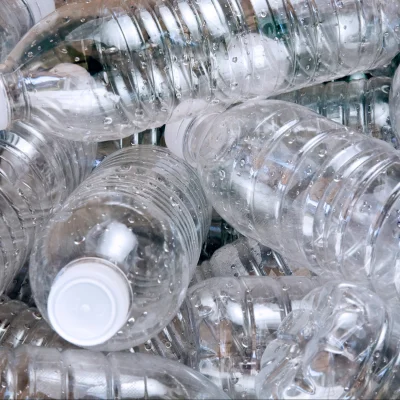
Because textiles aren’t being recycled, the reuse potential of PET and rPET ends once it is woven into a garment. It’s actually more of a downcycling process than a recycling process, meaning it’s losing value by being mechanically recycled in that way.
Then recycled polyester fabrics face the same end-of-life prospects of polyester fabrics: landfill. They can’t be recycled again. Plastic bottle recycling ultimately should stay within its sector so that it can participate in as much closed-loop, repeat recycling as possible.
There’s so much demand for PET bottles that using them in materials like rPET can continue to incentivize and justify the production of fossil-fuel-based PET.
Additionally, using rPET creates new issues in the production process, like color inconsistency that can require a lot more dye, chemicals, and treatments to address than PET materials. Lastly, rPET doesn’t help the microfiber situation, either. While it may divert some plastic from the ocean, ultimately, it will continue to shed microplastics into our waterways, recycled or not.
Is Recycled Polyester Sustainable?
While there are some advantages to recycled polyester, it ultimately isn’t all it’s cracked up to be. Arguably, it’s a sort of greenwashing. While it’s good to have a lower carbon footprint and to reduce the direct demand for fossil fuel production, recycled polyester should be viewed as an interim solution. Ultimately, we need to move away from any oil-based inputs, and recycled polyester isn’t there yet.
What could create a more sustainable future for polyesters? The biobased polyesters in development hold promise as they use renewable inputs. Efforts should be put towards textile-to-textile recycling. And if we can figure out how to chemically recycle, this process would address many of the issues in rPET production.
Wait, so what do I do with my polyester clothes?
So, now we know that polyester is not a sustainable fabric. But how do we navigate a fashion industry in which polyester is the most common fiber?
- First, when it comes to shopping new, prioritize natural fibers. These won’t release microplastics and are more likely able to biodegrade or compost. Or prioritize making the most of what already exists and shop secondhand. Buying synthetics secondhand is okay as it diverts them from the waste cycles.
- Second, take care of what you have! It’s unlikely that you wouldn’t have some polyester in your home or closet. Do your best to love and care for it and give it a long life! Avoid contributing to all the polyester pieces sitting in a landfill.
- Third, mitigate microplastic shedding. Many laundry tools can help keep microplastic out of waterways, such as Guppyfriend washing bags, Cora balls, or washing machine filters.
This was the ultimate guide to polyester fiber!
All in all, it’s always best to default to buying less and caring for what you have. Polyester is unlikely to go away any time soon, so reducing our demand for new production and advocating for better solutions are important steps to making the future of fashion better.
Did you enjoy this educational article on the polyster fabric? Check out these other articles below:
- A Guide to Modal Fabric
- 25 Best Places to Recycle Old Clothes
- Everything You Need To Know About Fast Fashion in 2023
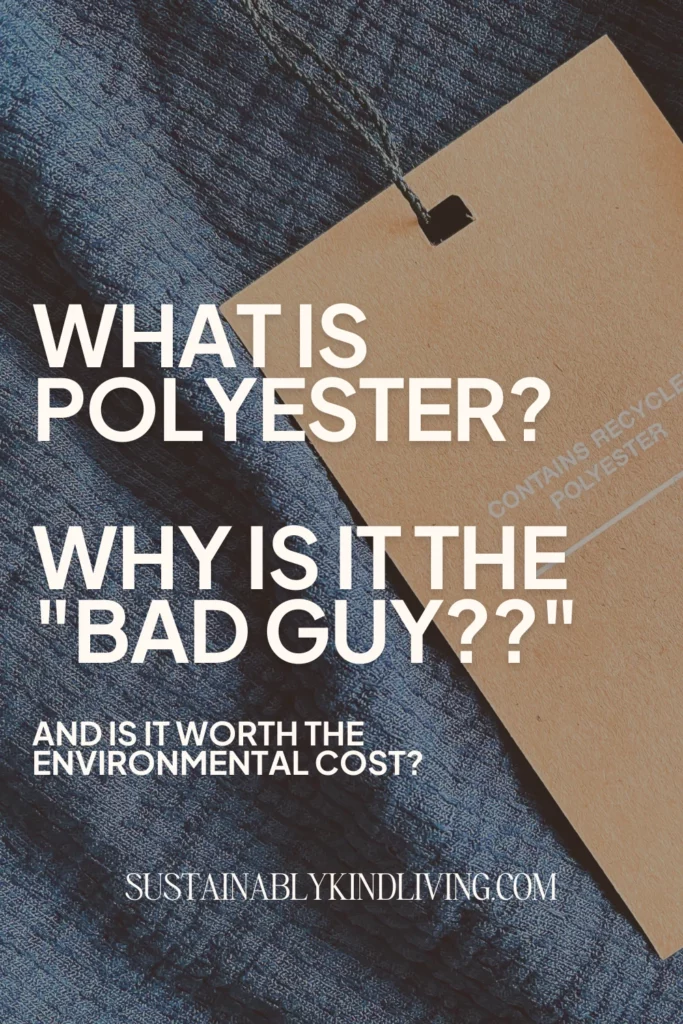
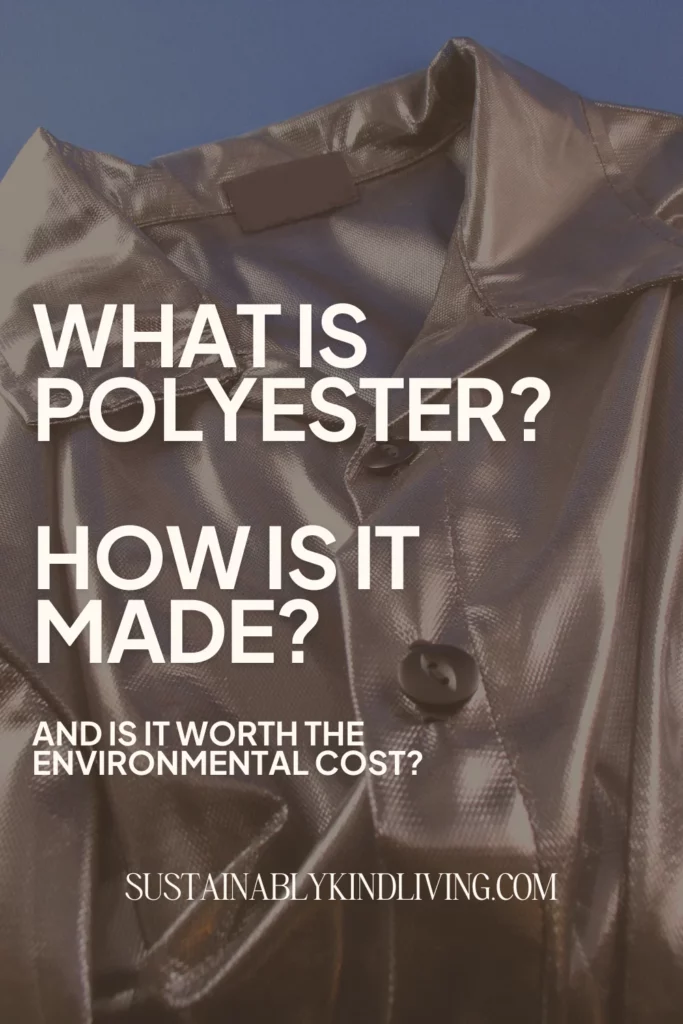
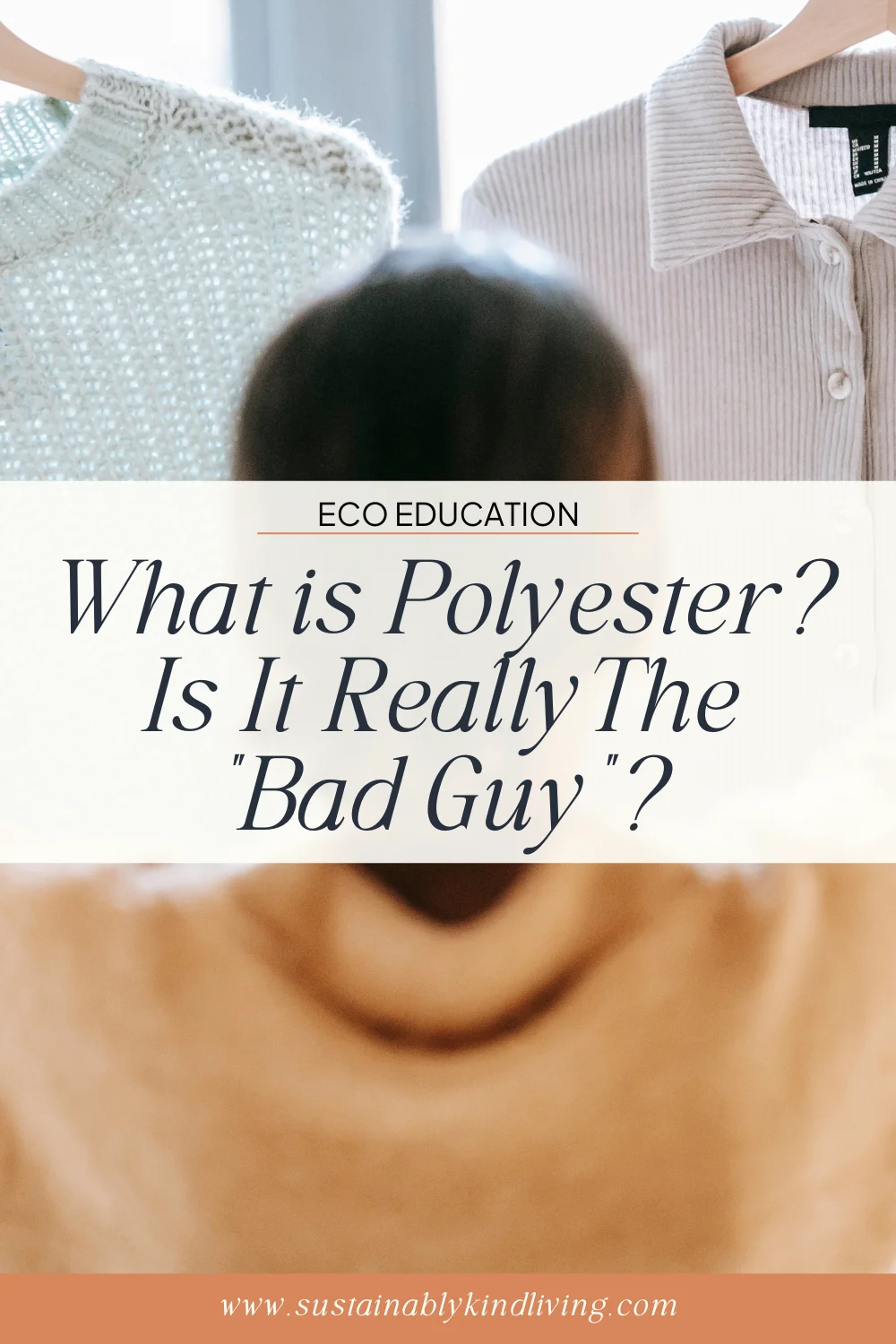

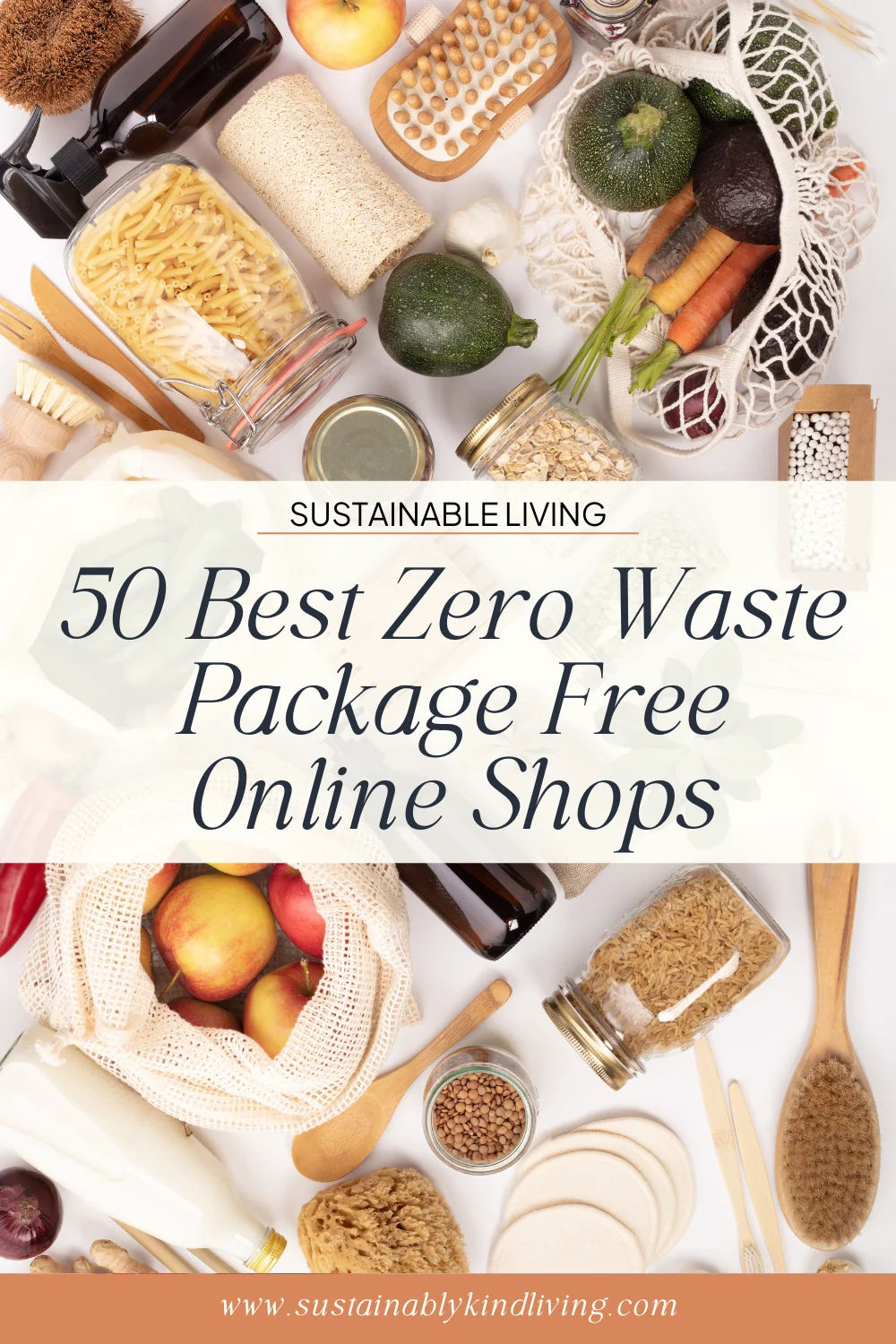

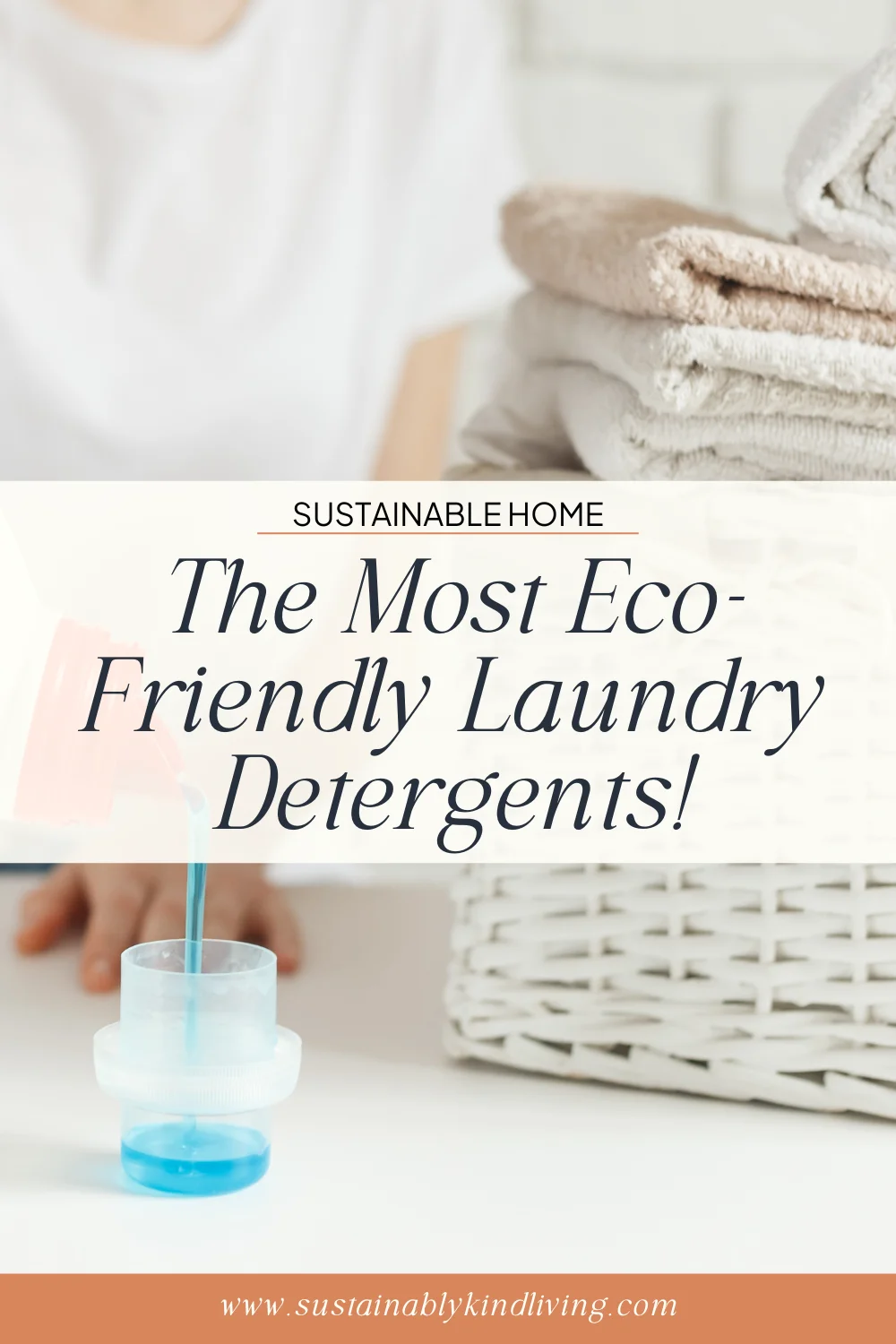
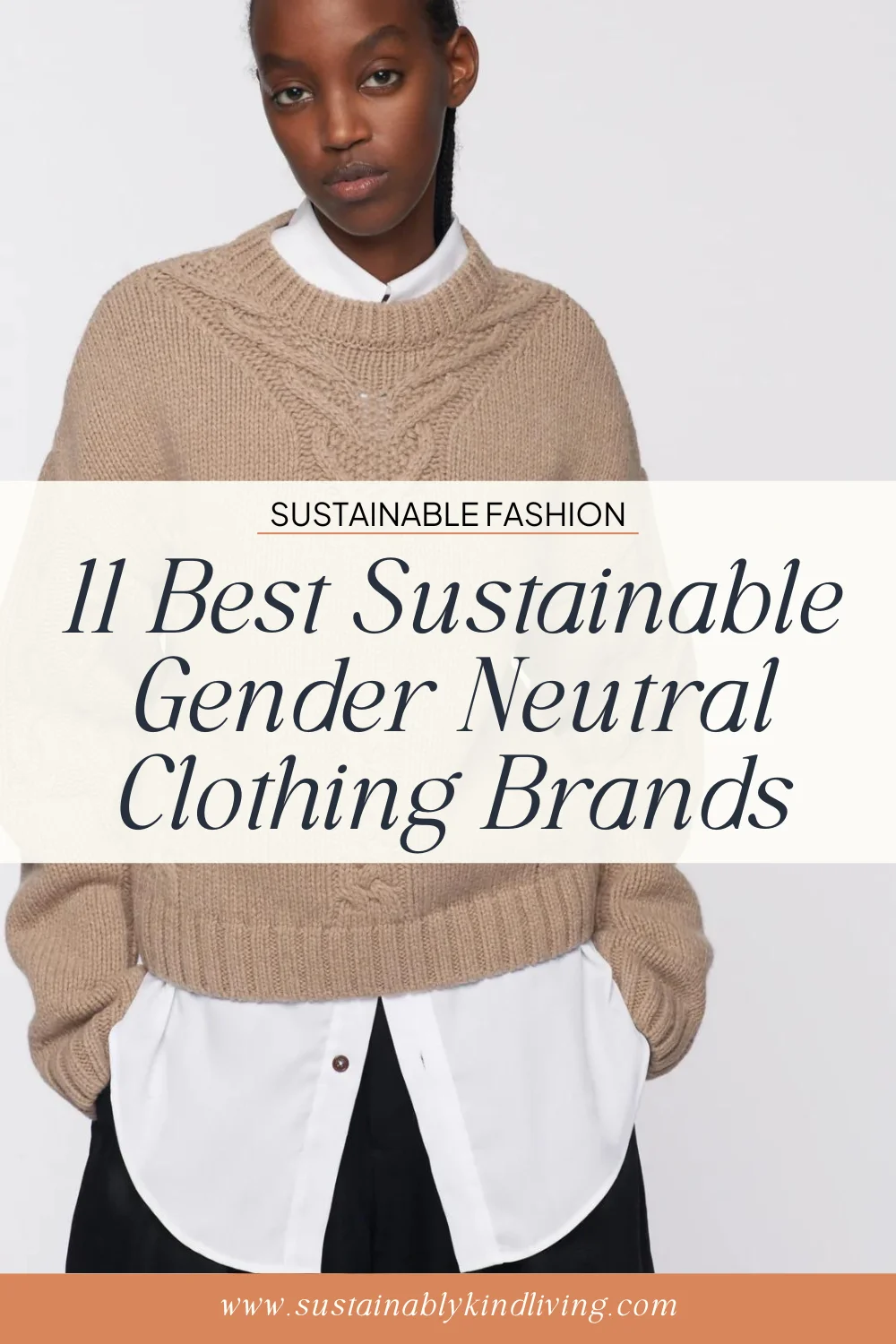



+ show Comments
- Hide Comments
add a comment